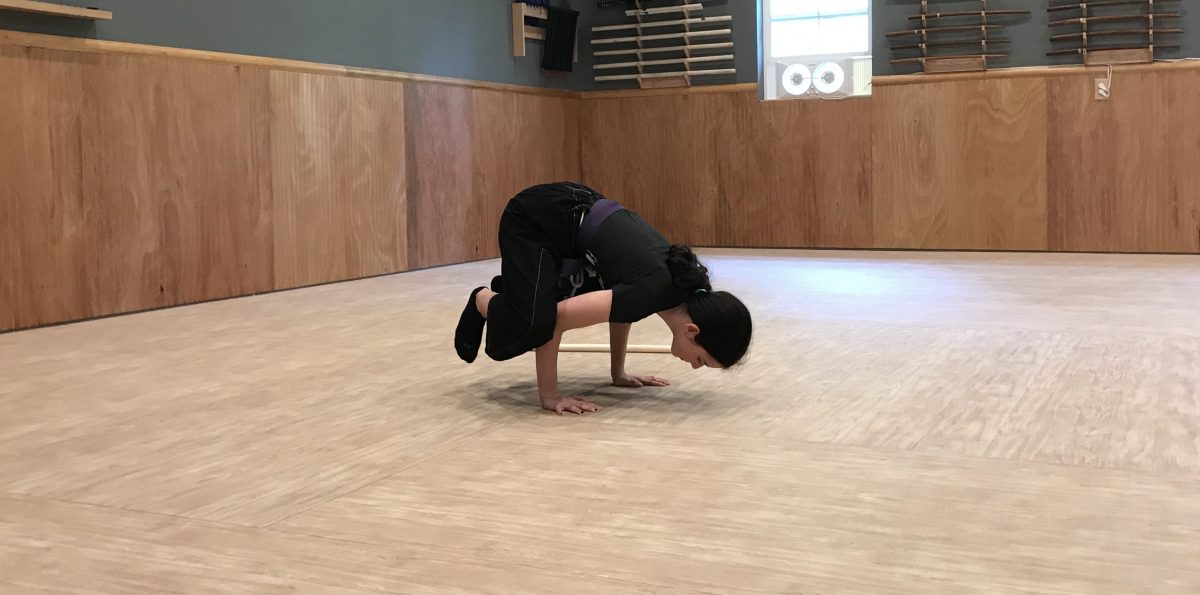There are two central ideas that are largely unmentioned in martial arts culture that I am increasingly compelled to address. I’ve had a few experiences recently that fly in the face of the how and why we do what we do. So:
First, martial arts does not belong to anyone. Its sources can be traced back thousands of years to pretty much any peopled place. Its roots as we practice it today belong to cultures living in what is now modern India ,but as a concept have been practiced all over the world. The training hall, and specifically the tradition we hold dear, is a place for any and all who are genuinely interested to develop physically, mentally and morally. People of all distinctions are divisions are welcome on the one condition that they leave their divisiveness at the door. Students will all wear the same uniform, and respect the dojo and the lessons within with dignity and respect.
This is integral to growth and experience. As a martial artist, it is crucial that you learn from as many different body styles, shapes and ages of both genders as possible to be adequately prepared for any eventuality with an appropriate response from experience rather than shock and fear. Interacting with a broad spectrum of beliefs, cultures, gender identities and all different manners of thinking equally prepare you to not be shocked or offended by the existence of humans different from yourself and lets you objectively evaluate a threat to your person rather than acting hastily out of ignorance or prejudice. You must learn to equate yourself to all other people in order to truly be successful in your training, and separate an action from a human to avoid facing a lifetime of regret or shame from a split-second mistake against your own morality. You don’t want to find out that a simple misunderstanding is the reason you hurt someone.
Second, the dojo is a place of fear and failure. Meaning, the two greatest stimuli for growth are dealing with fear (of pain, embarrassment, etc.) and facing failure and refusing to let it hold you back. During your training you will be frustrated, anxious, and occasionally mildly injured. These are hurdles that mimic the ones you will face in the outside world. The difference is that the consequences of failure or embarrassment in the dojo are fleeting. You get up, try again and realize that no one judges you any less for it. This is because the culture in a healthy dojo is there as a support system to help you get back up and grow from it. Everyone is there for the same reasons as you: confidence, fitness, security, discipline and hopefully a little bad-assery. If you are not you are not a little uncomfortable, you are not being challenged, and your instructor is an abject failure.
If you train in a real dojo, you will face a hard, cold mirror. You will see in it your strengths as well as your inadequacies. You will find in it your angels and demons, both lesser and great. The question is, do you have the tenacity to show up, and does your dojo provide you with the tools, support and motivation to find in it your highest self and leave pettiness, weakness and baseless fears behind.

